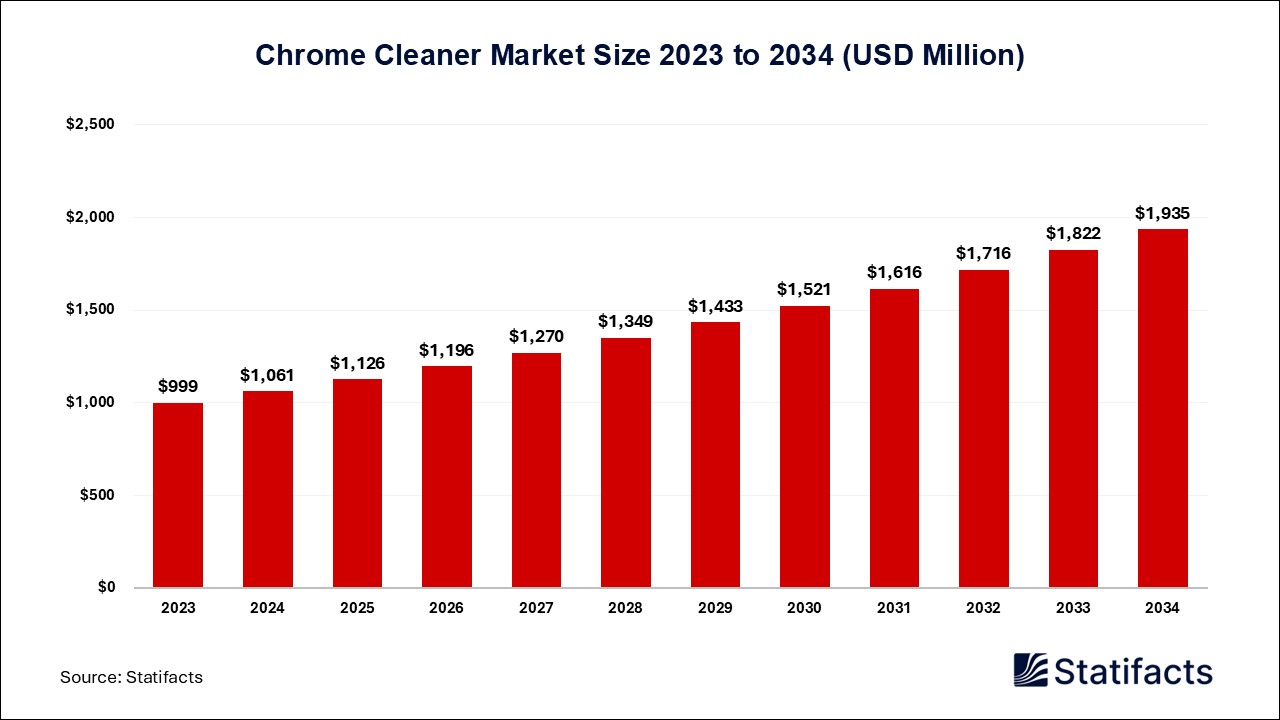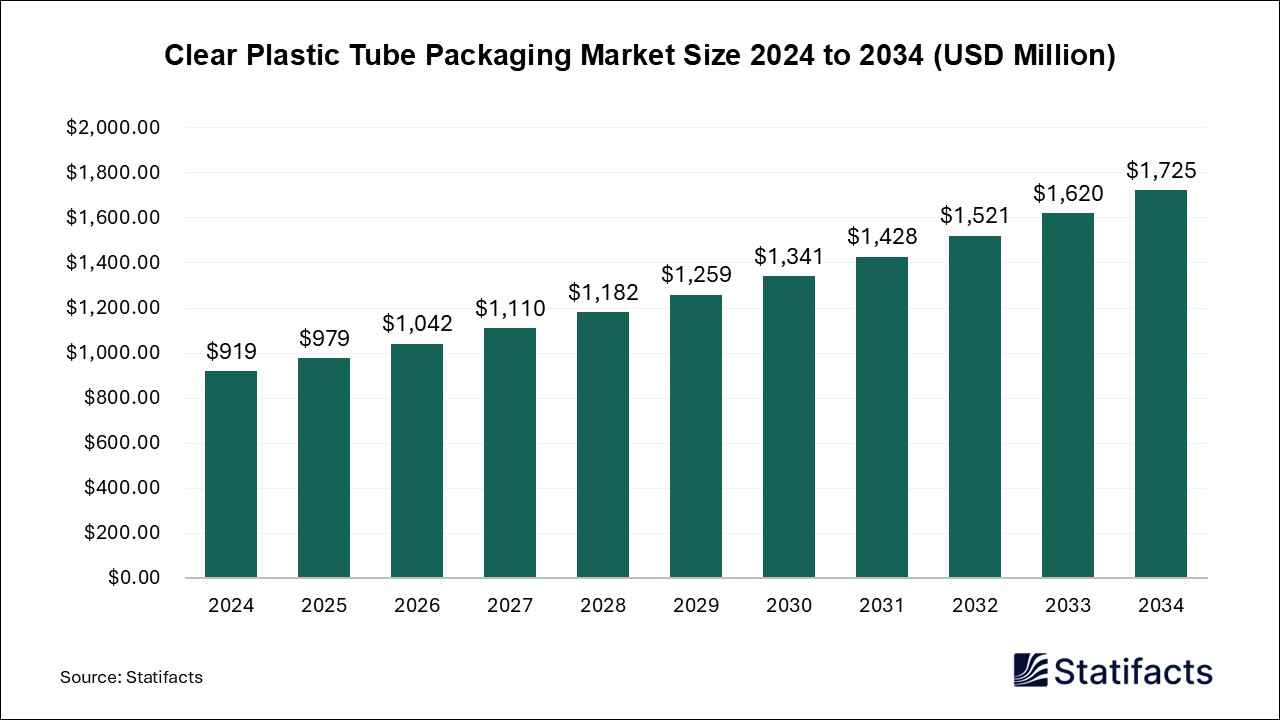
By clicking “Accept All Cookies” you agree to the storing of cookies on your device to enhance site navigation, analyze site usage, and assist in our marketing efforts.
Privacy PolicyThe U.S. pharmaceutical market size is calculated at USD 634.34 billion in 2024 and is predicted to attain around USD 1,107.4 billion by 2034, expanding at a CAGR of 5.73% from 2025 to 2034.
The U.S. pharmaceutical market refers to the production, distribution, and application of pharmaceuticals, which include remedies used to cure, treat, prevent, and diagnose diseases. These small-molecule drugs or biologics medical products may be called medications, drugs, or medicines. Prescription drugs and over-the-counter drugs are both included. A pharmaceutical is any type of drug used for medical purposes, like sleeping pills or cough syrup. A pharmacy is a place where you can buy medicinal drugs, and a pharmacist is a person who prepares those drugs.
Pharmaceutical substances are used in the diagnosis, treatment, or prevention of disease and for restoring, correcting, or modifying organic functions. Pharmaceuticals and medical technologies can greatly enhance both quality of life and life expectancy. They can cure diseases, relieve symptoms, and prevent complications. Pharmaceuticals are essential for the prevention and treatment of diseases and the protection of public health. The use of poor-quality, ineffective, and harmful medicines can lead to therapeutic failure, exacerbation of disease, resistance to medicines, and sometimes death.
Advancement in drug discovery and development driving the growth of the U.S. pharmaceutical market. The discovery of a new drug molecule is required for treating an illness or disease for which no other treatment exists, or it provides additional benefits over the prevailing treatments, such as lesser adverse effects, higher therapeutic efficiency, enhanced amenability, and fewer drug-drug interactions. A key goal of drug discovery campaigns is the recognition of new molecular entities that may be of value in the treatment of diseases that qualify as presenting unmet medical needs. These diseases do not have definitively useful therapies and are actually or potentially life-threatening. The discovery process is a critical phase in legal proceedings where parties involved in litigation exchange information, documents, and evidence pertinent to the case. It ensures transparency, allows for the thorough preparation of cases, and helps to avoid surprises during trials. Recent drug delivery systems (DDS) are formulated with enhanced properties like increased permeability, smaller particle size, increased efficacy, solubility, specific site targeting, toxicity, stability, and sustained delivery.
Artificial intelligence (AI) and machine learning (ML) integration in pharmaceuticals are driving the growth of the U.S. pharmaceutical market. By examining high volumes of biomedical data, finding possible therapeutic targets, and forecasting the efficiency of drug candidates, artificial intelligence (AI) algorithms can speed up the drug discovery process. This makes it possible for researchers to create personalized treatments for particular patient populations. Artificial intelligence (AI) and machine learning (ML) technology have significantly accelerated the process of drug discovery and development, making the process more time and cost-effective. The machine-learning process involves creating a model based on past data to make predictions on future data. AI can aid many stages of drug discovery in many ways, including disease identification, target acquisition, computational screening, predicting drug toxicity, gene editing for developing gene therapies, and AI modeling for personalized drug dosing.
According to the Observatory of Economic Complexity, in October 2024, United States Pharmaceutical Products exports accounted for up to $7.69B, and imports accounted for up to $19.2B, resulting in a negative trade balance of $11.5B. Between October 2023 and October 2024, the exports of United States Pharmaceutical Products decreased by $-266M from $7.96B to $7.69B, while imports increased by $2.92B from $16.3B to $ 19.2 B.
Published by Deepa Pandey
| Subsegment | 2024 | 2025 | 2026 | 2027 | 2028 | 2029 | 2030 | 2031 | 2032 | 2033 | 2034 |
|---|---|---|---|---|---|---|---|---|---|---|---|
| Biologics & Biosimilars (Large Molecules) | - | - | - | - | - | - | - | - | - | - | - |
| Conventional Drugs (Small Molecules) | - | - | - | - | - | - | - | - | - | - | - |
| Subsegment | 2024 | 2025 | 2026 | 2027 | 2028 | 2029 | 2030 | 2031 | 2032 | 2033 | 2034 |
|---|---|---|---|---|---|---|---|---|---|---|---|
| Branded | - | - | - | - | - | - | - | - | - | - | - |
| Generic | - | - | - | - | - | - | - | - | - | - | - |
| Subsegment | 2024 | 2025 | 2026 | 2027 | 2028 | 2029 | 2030 | 2031 | 2032 | 2033 | 2034 |
|---|---|---|---|---|---|---|---|---|---|---|---|
| Cardiovascular diseases | - | - | - | - | - | - | - | - | - | - | - |
| Cancer | - | - | - | - | - | - | - | - | - | - | - |
| Diabetes | - | - | - | - | - | - | - | - | - | - | - |
| Infectious diseases | - | - | - | - | - | - | - | - | - | - | - |
| Neurological disorders | - | - | - | - | - | - | - | - | - | - | - |
| Respiratory diseases | - | - | - | - | - | - | - | - | - | - | - |
| Autoimmune diseases | - | - | - | - | - | - | - | - | - | - | - |
| Mental health disorders | - | - | - | - | - | - | - | - | - | - | - |
| Gastrointestinal disorders | - | - | - | - | - | - | - | - | - | - | - |
| Women’s Health Diseases | - | - | - | - | - | - | - | - | - | - | - |
| Genetic and Rare genetic diseases | - | - | - | - | - | - | - | - | - | - | - |
| Dermatological conditions | - | - | - | - | - | - | - | - | - | - | - |
| Obesity | - | - | - | - | - | - | - | - | - | - | - |
| Renal diseases | - | - | - | - | - | - | - | - | - | - | - |
| Liver conditions | - | - | - | - | - | - | - | - | - | - | - |
| Hematological disorders | - | - | - | - | - | - | - | - | - | - | - |
| Eye conditions | - | - | - | - | - | - | - | - | - | - | - |
| Infertility conditions | - | - | - | - | - | - | - | - | - | - | - |
| Endocrine disorders | - | - | - | - | - | - | - | - | - | - | - |
| Allergies | - | - | - | - | - | - | - | - | - | - | - |
| Others | - | - | - | - | - | - | - | - | - | - | - |
| Subsegment | 2024 | 2025 | 2026 | 2027 | 2028 | 2029 | 2030 | 2031 | 2032 | 2033 | 2034 |
|---|---|---|---|---|---|---|---|---|---|---|---|
| Oral | - | - | - | - | - | - | - | - | - | - | - |
| Topical | - | - | - | - | - | - | - | - | - | - | - |
| Parenteral | - | - | - | - | - | - | - | - | - | - | - |
| Inhalations | - | - | - | - | - | - | - | - | - | - | - |
| Other | - | - | - | - | - | - | - | - | - | - | - |
| Subsegment | 2024 | 2025 | 2026 | 2027 | 2028 | 2029 | 2030 | 2031 | 2032 | 2033 | 2034 |
|---|---|---|---|---|---|---|---|---|---|---|---|
| Children & Adolescents | - | - | - | - | - | - | - | - | - | - | - |
| Adults | - | - | - | - | - | - | - | - | - | - | - |
| Geriatric | - | - | - | - | - | - | - | - | - | - | - |
| Subsegment | 2024 | 2025 | 2026 | 2027 | 2028 | 2029 | 2030 | 2031 | 2032 | 2033 | 2034 |
|---|---|---|---|---|---|---|---|---|---|---|---|
| Hospital Pharmacy | - | - | - | - | - | - | - | - | - | - | - |
| Retail Pharmacy | - | - | - | - | - | - | - | - | - | - | - |
| Others | - | - | - | - | - | - | - | - | - | - | - |
| Subsegment | 2024 | 2025 | 2026 | 2027 | 2028 | 2029 | 2030 | 2031 | 2032 | 2033 | 2034 |
|---|---|---|---|---|---|---|---|---|---|---|---|
| Prescription | - | - | - | - | - | - | - | - | - | - | - |
| OTC | - | - | - | - | - | - | - | - | - | - | - |
To get full access to our Market Insights, you need a Professional Account or a Business Suite.

You will receive an email from our Business Development Manager. Please be sure to check your SPAM/JUNK folder too.

You will receive an email from our Business Development Manager. Please be sure to check your SPAM/JUNK folder too.

Our customers work more efficiently and benefit from



